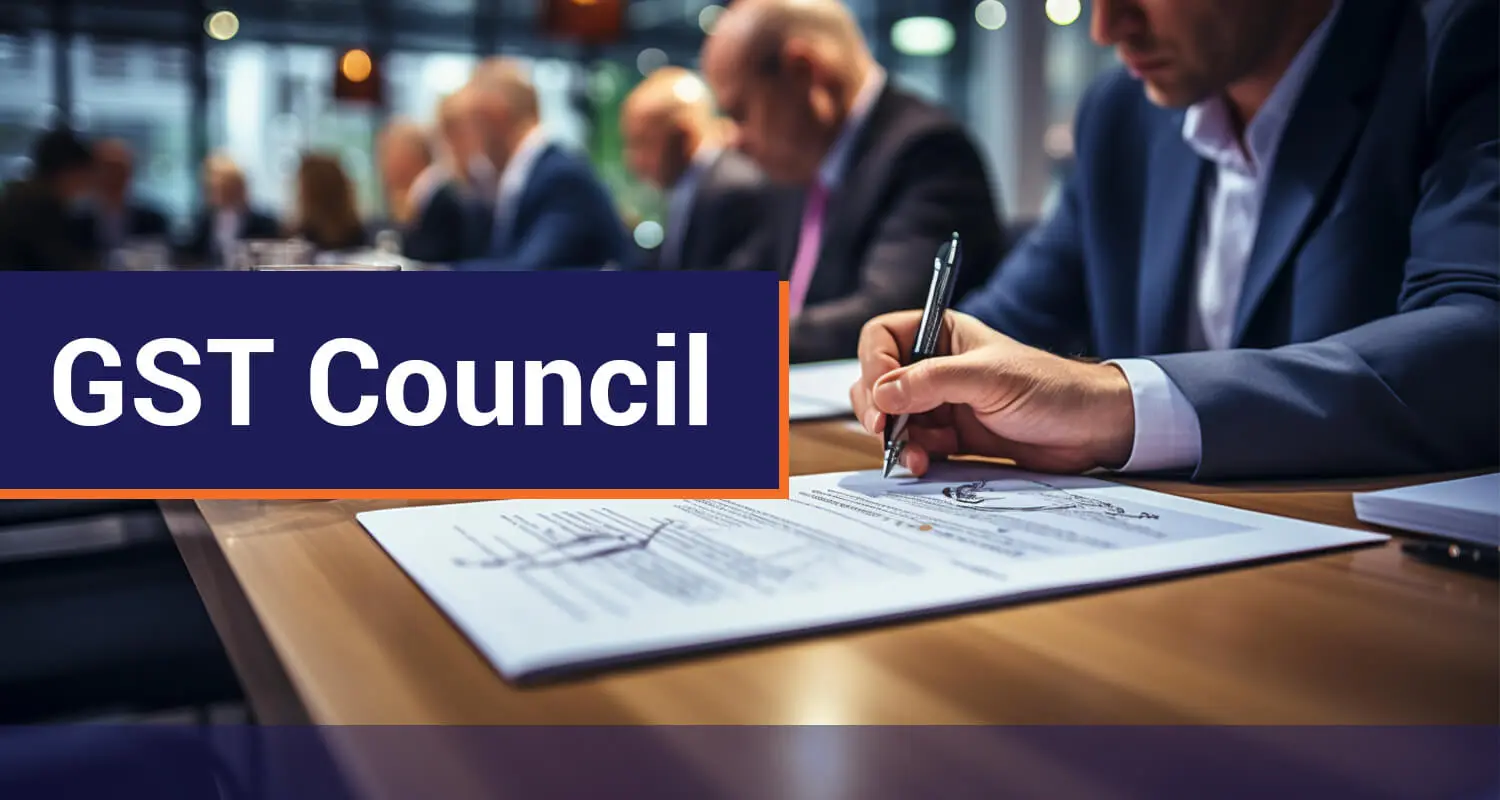Agarbatti Making Business Plan: A Complete Guide

When you intend to start a small business, it is best to start with something that is in use all year round to keep the demand running. Keeping this in mind, one of the small businesses that you can start is the agarbatti making business. Agarbatti is the Hindi word for incense sticks, commonly known worldwide. These are thin bamboo sticks, usually 8 to 12 inches long, coated with a fragrant paste. This paste is made from natural extracts of flowers or aromatic woods like sandalwood, giving the sticks their soothing scent. So, how is the incense sticks business worth a shot? And if you are sure of starting one, what does the business look like, and how does it function? Read further to know the nuances of the agarbatti business.
Why consider an agarbatti business?
The agarbatti manufacturing business may seem small, but it's actually quite lucrative in India. It’s a traditional industry with an annual production value of about Rs.7,500 crore, involving nearly 5 lakh people and exporting around Rs.750 crore worth of products.
Despite being a compact product, agarbattis come at a higher price, and their demand is huge across India. This makes incense stick manufacturing one of the most underrated business ideas with great potential. The demand is steady throughout the year and surges during festivals.
Given India’s rich cultural diversity, there’s always some celebration happening, which keeps demand high. Plus, with thousands of places of worship where agarbattis are regularly used, the need for them rarely dips. Agarbattis are exported to over 90 countries, and India is the only country that produces these incense sticks on a large scale, meeting global demand. This gives manufacturers in India a major advantage, enjoying low competition in a high-volume market.
So, the overall average numbers of an agarbatti business will look somewhat like these-
|
Initial investment needed |
Around Rs.80000 to Rs.150000 |
|
Manufacturing cost |
Rs.33 per kg |
|
Possible production level |
100kg per day |
|
Estimated turnover |
Rs.3 lakh per month |
|
Estimated gross profit |
Rs.2 lakh per month |
Steps to start the agarbatti business:
Initial Business Plan
The first thing you need is a business plan.
- How big will your plant be?
- What will be the scale of your business?
- What permissions do you need?
- What are the financing options from both private and Government sources?
A business plan answers all of these and many more related business questions. A business plan is your roadmap. It explains your business and helps you secure funding from banks, NBFCs, or even Government subsidies. Whether you’re looking for a business loan, term loan, or working capital loan, a well-structured plan is crucial.
Your business plan should cover key areas like the background and nature of your business, your total budget, and the working capital needed. It should also include details about any equipment or machinery purchased, the raw materials or products you plan to use, and information about your current or future staff.
Don't forget to outline your marketing or advertising strategies and provide loan details if applicable. It's also a good idea to include your business credit report and information about the property or premises you’ll use. This comprehensive approach makes it easier for lenders to understand your business and trust you with financing.
Sapna aapka. Business Loan Humara.
Apply NowMarket Overview
Market research is about understanding the types and qualities of popular incense sticks. The size of your business will depend on the type of incense sticks you plan to manufacture. Here are some key points about the incense market:
- India is a major incense manufacturer globally. There is also significant demand for incense imports, with top importers including the UK, USA, Nigeria, Egypt, UAE, and Latin America.
- The incense market is diverse, offering products like incense sticks, dhoop cones, dhoop sticks, and perfumed dhoop.
- In terms of consumption, different regions of India contribute as follows: South India – 32-35%, West India – 28-30%, North India – 15-18%, and East India – 17-25%.
- Top brands in the market include Patanjali, Moksh, Cycle, and Mangaldeep.
Based on this information, you can focus on deciding the production space and unit cost, identifying machinery requirements, planning expenses for raw materials, labor, and utilities, and choosing target markets.
Permissions required
The next point to plan for is getting a licence for your agarbatti business. Here's a quick guide to the necessary permits. Keep in mind that requirements may vary by state, so it's a good idea to check the specific rules for your location.
- First, you'll need to register your business as a company, proprietorship, or with the Registrar of Companies (ROC).
- Next, GST registration is mandatory for all businesses. Once registered, you’ll receive a GST number to use to sell your goods.
- If your manufacturing unit has more than 20 employees, EPF (Employee Provident Fund) registration is required. For businesses with over ten employees, ESI (Employee State Insurance) registration is necessary.
- A trade license is essential and can be obtained from local authorities. If you're running a Small Scale Industry (SSI) unit, SSI registration is optional, though not compulsory.
- You'll also need a pollution certificate, which is issued after the State Pollution Control Board inspects your manufacturing site.
- For larger manufacturing units, a factory license and a No Objection Certificate (NOC) are required.
- Lastly, remember to apply for online registration for MSME Udyog Aadhaar to streamline your business operations.
Procuring Agarbatti Raw Materials
To start producing incense sticks, you'll need some key raw materials. The exact materials will depend on the type and quality of incense you want to make. Here’s an essential list:
- Jiggat, charcoal, or sawdust powder
- Adhesive gum from the litsea glutinosa bark
- White chips
- Essential oils for perfume
- Masala
- Bamboo sticks
- Packing materials
You can source good-quality bamboo sticks directly from suppliers or arrange local procurement. Depending on the fragrances you plan to offer, several varieties of agarbatti pastes and essential oils are available. In recent years, some small companies have also started making agarbattis with the floral offerings collected at the temples. If you plan to go towards such green business production, you must plan to source the raw materials accordingly. When choosing your suppliers, be sure they have a reputation for providing pure and consistent-quality materials.
Preparing the Agarbatti Manufacturing Process
A production plant is incomplete without its machines. Machines play a crucial role in your agarbatti business. In fact, machinery is key to profitability. Here's a quick look at the essential equipment needed:
- Manual Incense Stick Manufacturing Machine:
These machines come in single or double pedal types and are great for small-scale production. They’re manually operated, so no electricity is needed. You can achieve good production at a low cost using the pedal mechanism. They're also more affordable compared to automatic machines.
- Automatic Agarbatti Making Machine:
If you’re looking to increase production volume, this is your go-to option. With advanced technology, these machines can produce 160 to 200 sticks per minute. They’re also versatile, allowing for different shapes and designs based on customer preferences.
- High-Speed Automatic Machine making Incense Sticks:
These machines are ideal for even higher production. They can make 300 to 450 sticks per minute and require minimal manpower. You can also adjust the length of the incense sticks from 8 to 12 inches.
- Dryer Machine:
If you operate in a humid area or during the rainy season, a dryer machine is a must to ensure the agarbattis dry properly.
- Powder Mixer Machine:
To get the perfect mixture of raw materials, this machine helps mix 10 to 20 kg of powder per minute, customized to your production needs.
Planning for Selling and Distribution Stage
To build a profitable market for your Agarbatti business, consider these selling strategies:
- Retail Distribution: Connect with local retailers and sell your products directly to shops. You can target mall stores, shopping centers, and e-sellers, like app owners, to help you enter the market.
- Channel Distribution: Collaborate with area distributors to launch a secondary sales plan. This involves including retailers in your strategy to create a balanced distribution mix.
- E-commerce: Sell your Agarbatti on platforms like Amazon or start your own e-commerce site. An e-commerce developer can assist you with the setup and provide ongoing support.
Develop effective marketing plans alongside these selling strategies. Consider options like setting up a kiosk, distributing samples door-to-door, using search engine advertising, or running TV ads. These marketing methods can help you create a comprehensive advertising strategy for your Agarbatti business.
Now that you have the details, keep proper books of accounts to track your revenues, expenses, and profit or loss every month and year. This practice aids in financial planning, helps you avail yourself of tax benefits, and allows you to address any issues that come up. Make sure to take advantage of GST registration benefits. Look for growth opportunities by applying for business loans to cover working capital or expansion needs.
Running an agarbatti production business demands attention at every stage, from managing supplier relationships to ensuring timely delivery. With focused marketing, ongoing quality improvements, and using available financial support policies, your business can achieve stable revenues and scalability in the long run. Remember, proper financial planning and compliance management are crucial to your success.
FAQs
Q1. Is agarbatti made of cow dung?Ans. Yes, some of the agarbattis are made of cow dung.
Q2. Is making agarbatti a profitable business?Ans. Absolutely! Agarbatti making is a profitable venture because it needs less investment compared to the returns you can earn.
Q3. What are the basic necessities for starting an agarbatti business?Ans. Starting an Agarbatti manufacturing business requires raw materials like bamboo sticks and aromatic substances, a suitable space for manufacturing, and an understanding of the manufacturing process. With these essentials in place, you’re ready to get started!
Sapna aapka. Business Loan Humara.
Apply NowDisclaimer: The information contained in this post is for general information purposes only. IIFL Finance Limited (including its associates and affiliates) ("the Company") assumes no liability or responsibility for any errors or omissions in the contents of this post and under no circumstances shall the Company be liable for any damage, loss, injury or disappointment etc. suffered by any reader. All information in this post is provided "as is", with no guarantee of completeness, accuracy, timeliness or of the results etc. obtained from the use of this information, and without warranty of any kind, express or implied, including, but not limited to warranties of performance, merchantability and fitness for a particular purpose. Given the changing nature of laws, rules and regulations, there may be delays, omissions or inaccuracies in the information contained in this post. The information on this post is provided with the understanding that the Company is not herein engaged in rendering legal, accounting, tax, or other professional advice and services. As such, it should not be used as a substitute for consultation with professional accounting, tax, legal or other competent advisers. This post may contain views and opinions which are those of the authors and do not necessarily reflect the official policy or position of any other agency or organization. This post may also contain links to external websites that are not provided or maintained by or in any way affiliated with the Company and the Company does not guarantee the accuracy, relevance, timeliness, or completeness of any information on these external websites. Any/ all (Gold/ Personal/ Business) loan product specifications and information that maybe stated in this post are subject to change from time to time, readers are advised to reach out to the Company for current specifications of the said (Gold/ Personal/ Business) loan.



